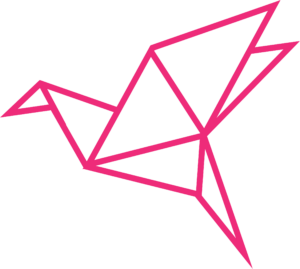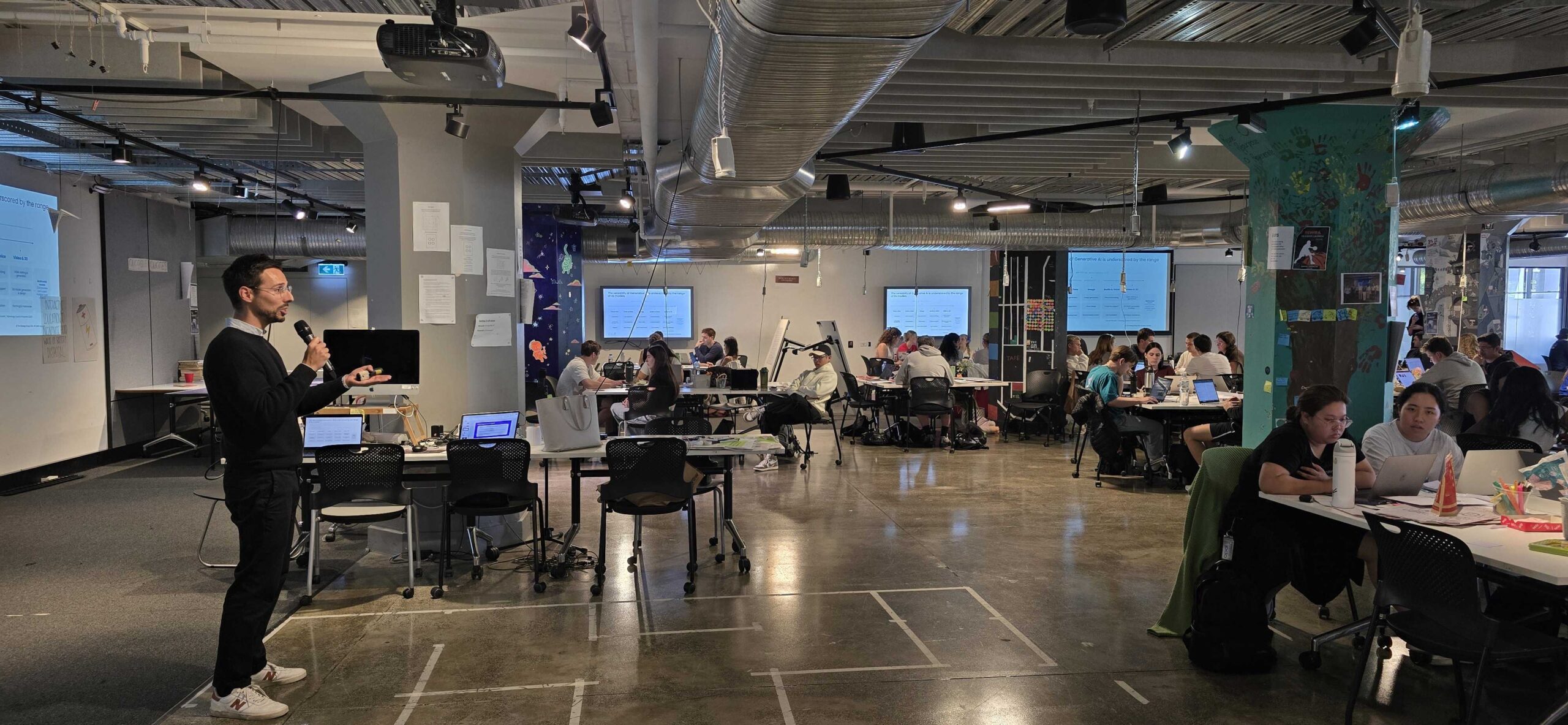Stephen Parker-Kempe, Executive Manager – Software at Commonwealth Bank, and member of Sydney Corporate Innovators Network talks to Anna Chatburn from The Strategy Group about his experience driving innovation in the corporate world. Having previously worked in innovation and operations for Qantas and NBN, Stephen is now focussed on leveraging innovation between software companies and CBA. My experience with innovation has taught me two things: The first is that unpacking the buzzword ‘innovation’ and making it tangible is key to delivering value. The second is that innovative outcomes rely on investment in people and culture.
Unpacking the buzzword of innovation
There is too much focus on the desired end-state of innovation. The relentless internal corporate selling or maneuvering of an idea, product or service to gain funding or prioritisation is a key sign of this problem. This focus comes at the detriment of what makes innovation truly desirable; its demonstrable value. The process of unlocking, appreciating and demonstrating value is crucial to unlocking tangible customer value, organisational efficiency or ideas. Breakthrough innovations are not just the product, gadget, gizmo or service, they are deeply coupled with an unfulfilled need. The unfulfilled need creates value. The focus on the end state misguides the development, use and measurements of innovation. Being open to learning and applying the process and tools to link an idea or product to value has helped me to explore all areas of innovation (see Doblin’s Ten Types of Innovation). I take these new skills, processes and tools and apply them in different contexts and scenarios to create new, or increase existing value. It has been through my own journey and experimentation of these ideas that I discovered my second key learning; the foundation step – investment in people.
Investing in people to build innovation
Investing in people to develop a curious and inquiring mind encourages them to build mastery of innovation tools and techniques. I have seen many different attempts to scale organisational innovation. These include crack SME squads or hand-picked individuals, a general company-wide call to arms or publishing tools and techniques with or without training. The various techniques have shown differing degrees of success, and have been applied in different contexts with varying success… What has stood out for me is that the foundation of innovation requires people with a range of skills and assets to identify opportunities or problems and mature an idea through to value. Our corporate complexity requires multi-skilled and collaborative efforts. Investing and coaching the organisation and its people to develop a growth mind-set, persistence, resilience, and humility to adapt and change as needed will form the starting blocks to unlock value and deliver innovation.
“Innovation stems from a curiosity and persistence at finding better ways of doing things to deliver value.”
Stephen Parker-Kempe
The ‘Fail-fast’ concept is changing how success is measured
Much like innovation, the concept of ‘failure’ when innovating or ‘fail-fast’ is a widely misunderstood term.
In my opinion, the ‘fail-fast’ approach is, in its simplest form, an incremental approach to test, learn and validate the value of a direction or solution. So why is it so misunderstood? We must first understand traditional success metrics. Fail-fast as a concept and in application challenges very long and strongly held traditional beliefs of how corporate success has been defined and measured. Traditionally success in many large organisations is measured via delivery. Delivery of a product or service within time, cost and quality of a program. The establishment of a program is developed through long-standing financial requirements, development and strategic process. The fail-fast approach is challenging the validity of these processes and how corporations measure success. This challenge on existing processes and KPIs is a foundational blocker of corporate innovation. It is no longer as simple as time, cost and quality. Organisations are grappling with rewarding someone that cancels the organisation’s next big product because customer data highlights it’s a bad idea. After all, they failed to deliver the product or service. Failing fast requires a more holistic view of success, such as end to end value, opportunity cost, insights, customer feedback and data. In my experience ‘failing fast’ is not a standalone concept or process that can be implemented – it requires the right organisational environment to be in place. If an organisation has not implemented or reviewed new processes, funding, capability, metrics, reporting and stakeholder mind-sets to support the approach, the value of utilising a test-and-learn approach diminishes.
Instilling a culture of innovation
At a high level I instil a culture of innovation in 3 steps; awareness, support and investment, and recognition.
- Awareness – The first step is creating an environment where innovation is a part of everyone’s job. I do this by breaking down the innovation myth that it is only for new shiny products or services (e.g. Dolbin’s Ten Types of Innovation). Increasing awareness and understanding of innovation makes it accessible for everyone to be a part of and release value. Once everyone can be a part of it you have a foundation to scale without increasing the operational cost.
- Support and investment – Once there is a desire to innovate, it is important to set up new teams with the training, coaching and tools to help them be successful. It may seem like a foreign language to begin with, but investing in support and growing the capability is essential for sustainable outcomes.
- Recognition – Creating a platform for recognition of the outcome is important. Organisations are geared to reward new products and services and often overlook the importance of organisational innovation to increase productivity, efficiency and lower the cost base. Balancing that recognition is key to keeping everyone involved.
New ways of working require different leadership skills
In the workplace, we are seeing fundamental shifts to long-standing structures and processes. This in turn is challenging people at all levels with new skills and leadership behaviours. The focus on customer experience is spilling over to internal structures. Leaders are focussing more on empathy and ensuring an exceptional employee experience to drive innovation and performance. When you empower people to be autonomous and collaborate without traditional leadership, it challenges the old adage that status and information is power. Simplifying innovation can disempower people who thrive in complexity. Part of the challenge around innovation is helping or supporting everyone through all cycles, both good and bad, of the change curve. On face value, innovation appears successful when you see core behaviours aligned. Those core behaviours are collaboration, transparency / communication and a growth mind-set. However, even with those behaviours in place, if the organisation has not reviewed the holistic environment (e.g processes, funding, capability, metrics, reporting and stakeholder mind-sets) it will see only see a small benefit. In my experience innovation is successful when it’s accessible and inclusive.
“Perception of value and outcomes need to change. Success is still seen as delivery of a project – often in isolation of value.”
Stephen is a member of Sydney Corporate Innovator’s Network, powered by The Strategy Group. The group meet every two months in Sydney to discuss executive-level issues relating to strategy in large organisations. Members come from both corporate and government backgrounds. If you are interested in joining Sydney Corporate Innovator’s Network please contact us to enquire and introduce yourself












